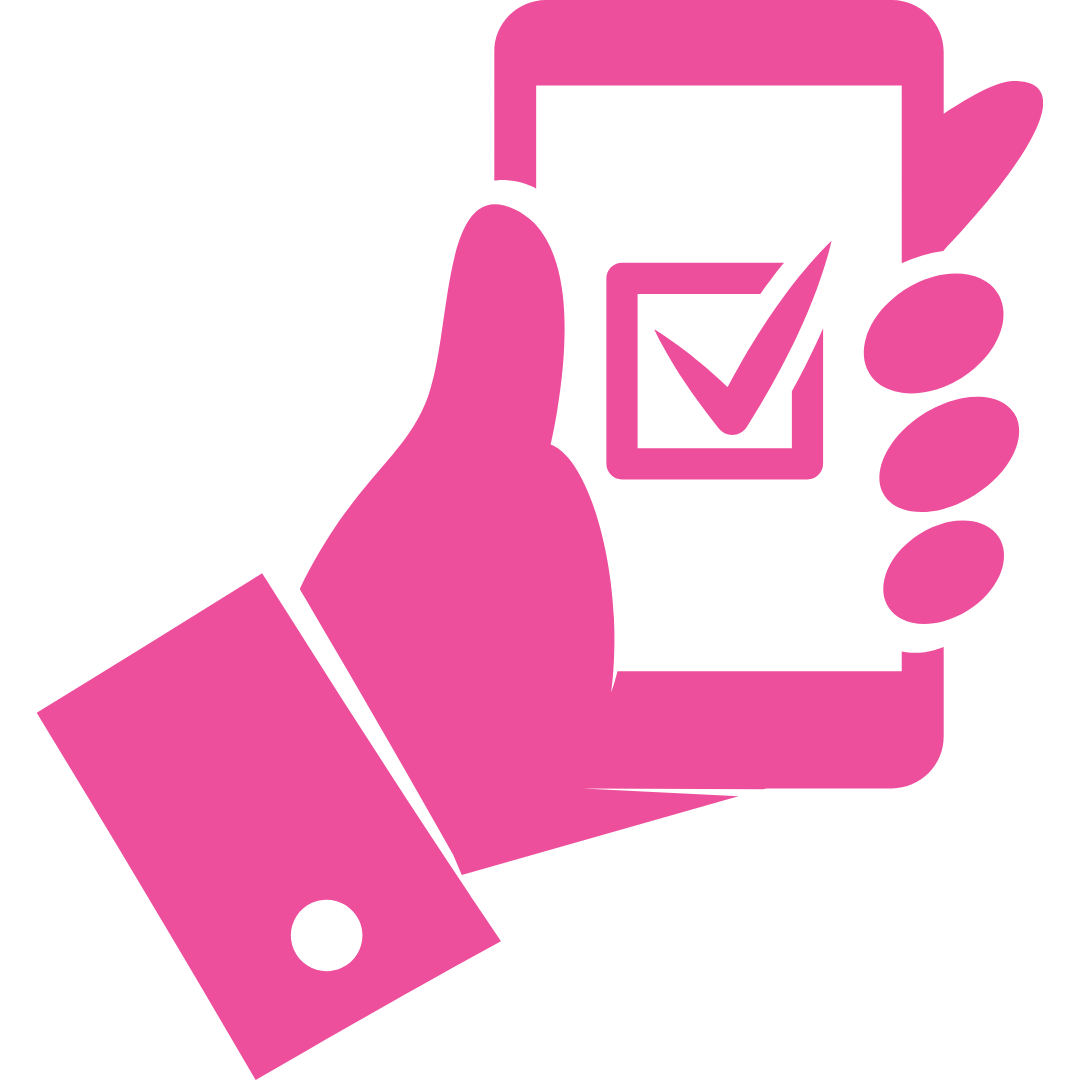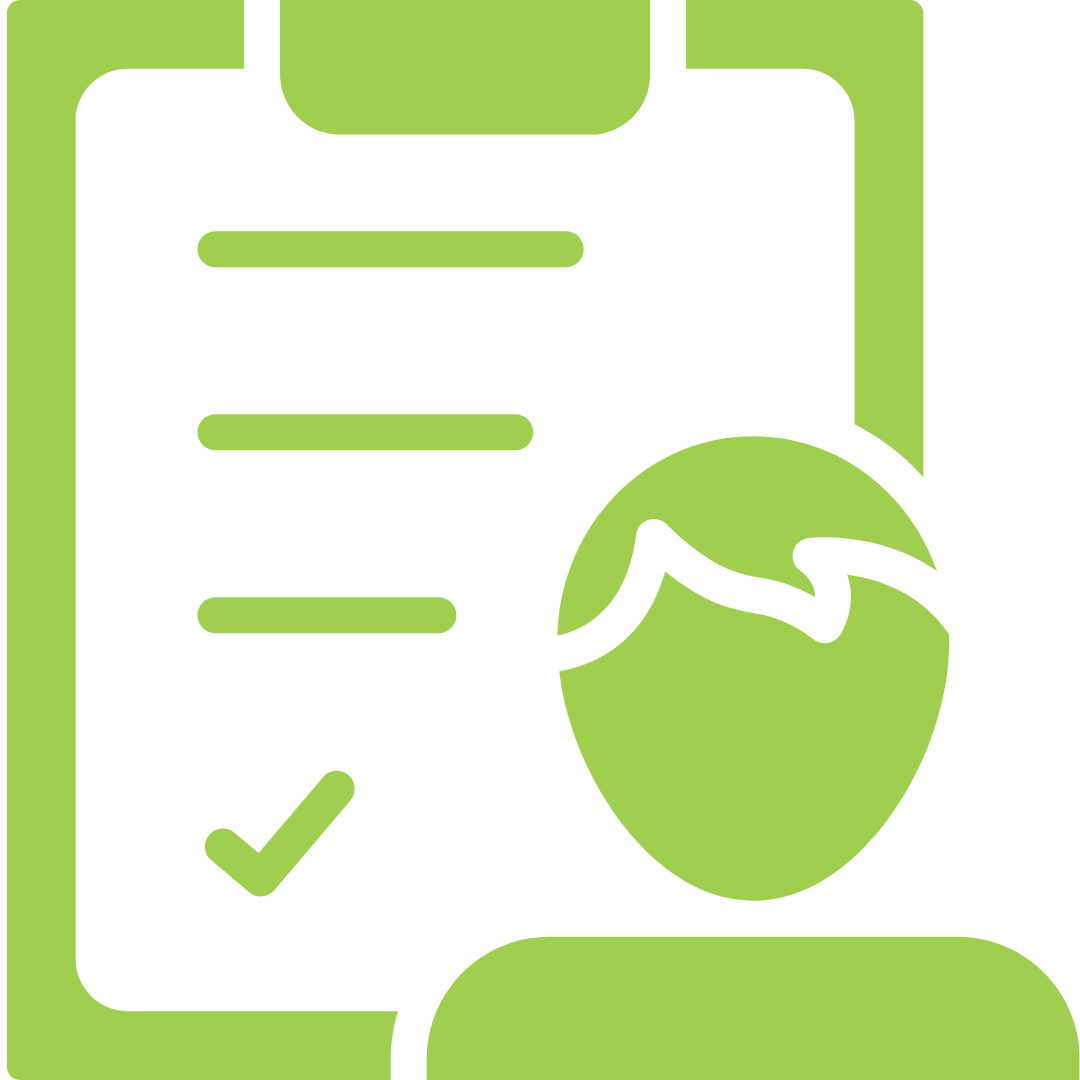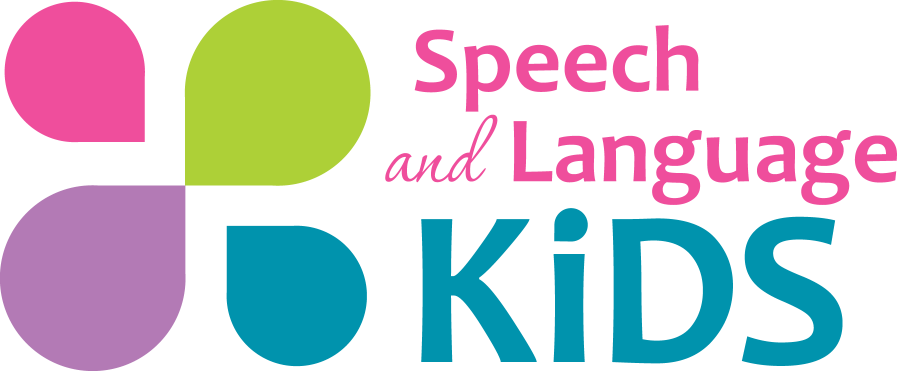- You’re driving in the car and your kid is growing antsy. Quickest solution: Hand him your smart phone!
- You’re waiting for your food a restaurant and the little ones are throwing the sugar packets at each other. Easiest solution: Turn on some cartoons on the tablet!
- It’s a rainy Saturday morning and you can’t send the kids outside to play. Instant peace and quiet: Turn on the television.
Screen Time: The Savior of our Eardrums
Let’s face it: children don’t like wait time. Make a young child wait for something and it won’t be long until you’ve reached a full-on meltdown. (Trust me, I have a 18-month-old, I know!)
Enter: Screen Time! Screen time has appeared on the scene and seems to be a magic cure for this age-old parenting dilemma. Pop a screen in front of a toddler and he’s instantly quiet and calm. He’ll sit happily while you drive across town, finish your meal, or get some housework done. Woo Hoo!
Why Our Children Can’t Sit and Wait:
Unfortunately, there’s an unseen problem with this plan. It turns out that forcing a child to wait (through meltdowns, tears, etc.) actually ends up teaching the children how to wait. It’s not a skill that comes easily to them so it takes many battles during the toddler and preschool years, but eventually they learn how to wait and how to entertain themselves when they do have to wait.
When you give a child a screen instead of forcing them to wait and entertain himself, you’re taking away that opportunity he had to learn to wait. What we’re seeing is a whole generation of children who are 5, 6, or 7 years old and have never had to wait for something without being constantly entertained by a screen.
Learning to wait is developed in the toddler years. By the time children are 7 years old, it’s way too late to try to learn that. They’ve never had to wait so trying to do so now is WAY harder!
What’s the Alternative?
So what can we do as parents to help our children learn how to wait?
TURN OFF THE SCREENS!!
(If I don’t have you convinced yet, click here to read my article about how screen time could be damaging your child’s language skills and potential)
In order for us to help children learn how to wait, we must show them things that they can do to entertain themselves when it’s time to wait. These must be things that require the child to think and do something as opposed to just sit passively in front of something that will entertain them.
The added bonus of this is that they get to learn, develop, and grow as a person during this time, as well!
What to Use to Help Children Wait
The following items are great ideas for helping children entertain themselves while they wait. You can pack a bag full of these items whenever you go somewhere that the child will have to wait:
- Books
- Coloring books
- Travel-sized games
- Small snacks
- A journal
- Small activities that fit into ziplock baggies
- Waiting Cards (See Below)
Enter Waiting Cards
In an effort to help my 18-month-old through wait time, I have created a set of waiting cards for him. These are cards that ask him questions or give him directions. They contain a variety of skills including a nice mix of things I know he can do easily and skills that are slightly harder for him.
I keep these cards in a small pack in my purse that I can pull out whenever I need them. They have been a LIFESAVER! Plus, my son loves them and he’s learned a few new words and skills from them already.
Here’s the video of our waiting cards so you can see how they work:
How to Make Your Own Waiting Cards
It’s quite easy to make your own waiting cards. You’ll just need to get some index cards and write questions on them. For older children, you can just write the questions but for younger children, you may want to include pictures to keep them interested. I used simple clip art or pictures I found on Google Image Search.
Try to include a good mix of skills that will be easy for the child (confidence boosters) and skills that will challenge him. This will be entirely dependent on the language skills of your child and what he can and can’t do.
Below, I am going to list the types of cards that may be good for children of different ages. However, feel free to use questions from older or younger age brackets if your child is working on different skills. Every child develops at different rates!
I also recommend including cards in your set for other family members as well so that the child can learn how to take turns.
1-2 Years:
- Animal Sounds: What does a ___ say?
- Body Parts: Where’s your _____?
- Familiar People: Who is he/she?
- Receptive Vocabulary: Touch the ____.
- Basic Emotions: Show me your happy/sad/mad face.
- Identifying Objects: What is this?
- Basic Function Questions: Which one do you eat/drink? (have two choices)
- Following Directions: Blow a kiss or clap your hands
2-3 Years:
- Expressive Vocabulary: What’s this?
- Receptive Vocabulary: Touch the ___.
- Function Questions: What do you wear on your head? (Offer 3-4 choices)
- Critical Thinking Questions: What do you do when you’re cold? (Offer 2-3 choices if needed)
- Where Questions: Where do you sleep? Where do you eat?
- Actions: What is she doing
- Who Questions: Who is this? Or Who is sitting?
- Body Parts: Show me your ____.
- Two-Step Directions: Touch your nose then clap your hands.
- Pretend Skills: Pretend to brush your hair.
- Questions about Self: What’s your name? How old are you?
- Logos: Show a familiar logo (like a favorite restaurant or food) and ask the child what it means.
- Concepts: Show pictures and ask questions like “which one is in the box” and “what is on his head”?
3-4 Years:
- Vocabulary: What’s this?
- Wh- Questions: Answer a variety of who, why, where, and how questions
- If…What Questions: If it starts raining, what do you do?
- Function Questions: What are shoes for? What do you do with a fork?
- Two-Step Directions: Clap your hands and then touch your nose
- Tell about a past event: What did you have for breakfast?
- Emotions: How do you feel if someone ____?
- Letters: Identify a few letters, like the first letter in the child’s name
- Rhymes: Complete a rhyme or say a word that rhymes with ____.
- Follow directions with colors: Touch the blue ball.
- What’s Different: Choose the one of a set that’s different.
- Location Concepts: Identify which is behind, in front, etc.
4-5 Years:
- Vocabulary: What’s this?
- Answer all question types, including “when” and “how many” (along with other wh- questions)
- Repeat four words in a row: apple, dog, cat, ball
- 3-Step Directions: Clap your hands, then touch your nose, then say your name
- Social Situations: Describe what you would say in certain social situations (like, How would you ask a friend to play)
- Recognize letters and identify what sound they make (start with just a few and build up to more)
- Syllable segmentation: How many syllables in “butterfly”?
- Syllable blending: What word is this? “bu….tter….fly” (said out loud)
- Come up with words that start with the same sound: What starts with /t/?
- Come up with rhyming words
- Time Concepts: Ask what the child did yesterday, this morning, or is going to do tonight or tomorrow.
- Show a line of people and ask who is first, next, and last.
Ages 5+:
At this age, you can start using questions that target similar things to what they are working on at school. Use school/unit vocabulary and concepts as the basis for your cards. You can also get store-made cards for kids aged 5+ that will allow you to ask even more questions. Products like Brain Quest are a good example of this!
How to Use the Cards:
Once you have your waiting cards ready, just bring them with you wherever you go. Whenever your child needs to wait, pull out the cards and start asking. As your child gets older, you’ll be able to pass more of the responsibility off to your child and have him start asking himself the questions.
You may need to create more cards as your child gets better at them or cycle through a few sets of cards so they don’t get boring.
Also, make sure you include everyone in the fun and let each person take turns doing cards. This will help your child learn how to take turns, even with Mom and Dad!
Your Next Steps:
Ok, you know what to do, get going!
Make your own card deck, or start with my question cards if you’re feeling stuck. These are cards with pictures of various objects plus all types of questions to go along with each card. It will give you ideas of the types of questions you can ask!
More Resources for Speech-Language Pathologists:
Looking for more therapy ideas and resources to help you provide the BEST services to your clients? Join us in The SLP Solution, our membership program for speech-language professionals! Inside the membership, you'll find:
- Step-By-Step Guides for teaching a variety of speech/language/communication skills
- Pre-Made Worksheets and Therapy Activities for hundreds of different topics
- Training Videos for dealing with difficult disorders or problems
- Answers to Your Questions in our exclusive SLP community
- Tools and Resources to help you with your paperwork and admin tasks
- Continuing Education through our monthly webinars and webinar recordings
To join us in the full SLP Solution, or to snag a free membership, click on the button below!
Podcast: Play in new window | Download | Embed
Subscribe: Apple Podcasts | RSS








I remember giving my daughter (now 17) a straw and a cup of water half full in restaurants. Still, I wonder if in using these cards children are still being directed rather than learning how to entertain themselves? I used to encourage my children to gather items that they might want while we were out. In that way the choice was theirs and their play self-directed. Just a thought 🙂
That’s a great point! That’s why I suggest that you start with asking your child the questions on the cards and then as soon as possible, you guide them toward being able to use the cards themselves. In this way, you start with a “parent-directed” activity and move it to a “child-directed” activity. For example, my 18-month-old is not yet able to use the cards by himself due to age but I will encourage him to use them by himself as he gets older. Eventually, the idea is for this to become just another tool in their toolbox of materials that the child can gather ahead of time like you mentioned. I think that your idea of having them responsible for their own entertainment is exactly what we need to do, some parents just need a little help to get to that point. The idea of these cards bridges that gap 🙂
Due to more screen time my 26 month old boy is still unable to speak….kindly help me how can I encourage him to speak while reducing the screen time
Hi, Hira-
Here is an blog post that may be of some help.